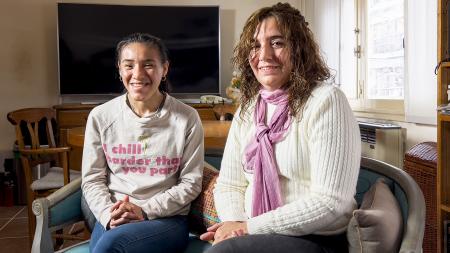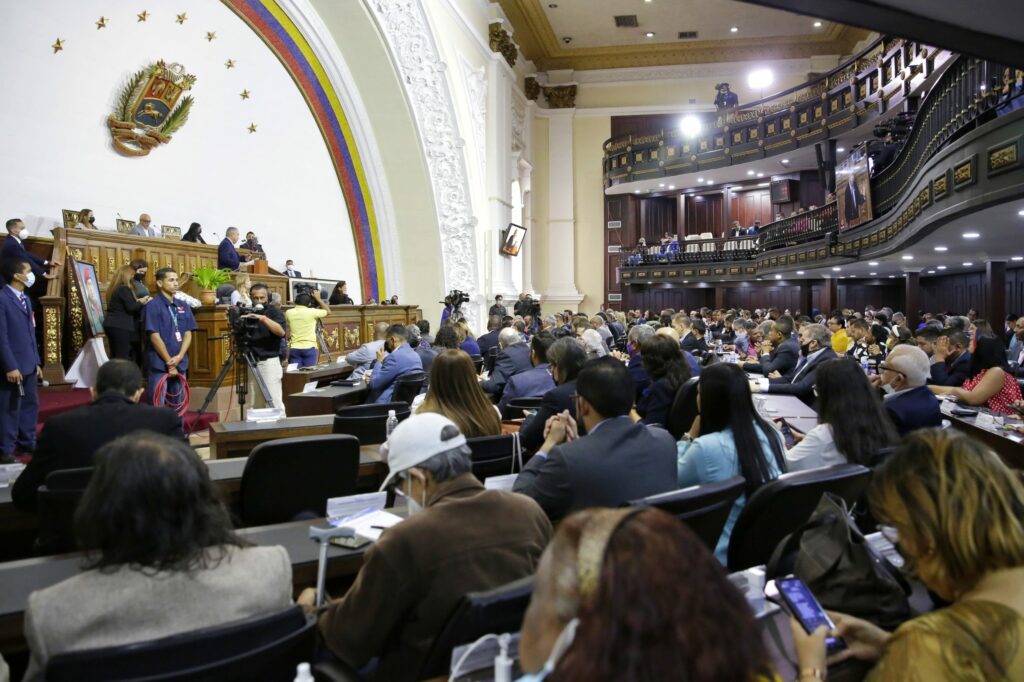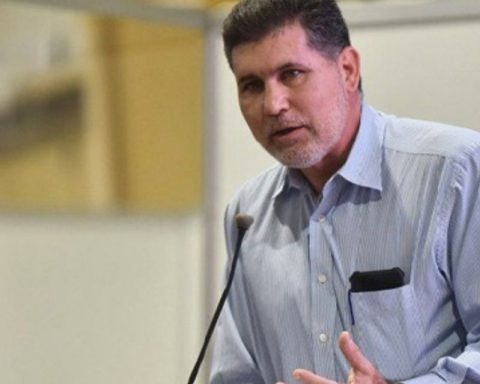“It’s a lot of paperwork”; “If I adopt teenagers they will not be like me”; “You have to have a lot of money or your own house”; “I signed up years ago and they never call me”; “Having so many children living in homes is not understood”; “It takes years, it’s impossible.” these are just some of the main myths that continue to circulate about adoption in Argentina and that have a direct effect on children and adolescents without parental care who are waiting for a family, since they make many people dismiss register.
Shoot them down and put the focus “on the right of girls and boys to develop and live in a familyas indicated by the Civil and Commercial Code”, is for Alejandra Shanahan, director of Promotion and Comprehensive Protection of the National Secretariat for Children, Adolescents and Family (Senaf), one of the great challenges.
According to recent data from Unicef and Senaf, in Argentina there are 2,199 girls and boys in a situation of adoptability decreed, and almost half are from Buenos Aires or Buenos Aires. 75% are between 6 and 17 years old and more than 10% have some type of disability or permanent illness. It is a reality that does not correspond to the adoptive availability of the 2,373 files admitted in the country’s registries, of which 88% apply for children up to 2 years old; only 18% would accept children up to 8 and barely 1% older than 12, according to data from the National Directorate of the Single Registry of Aspiring Guardians for Adoptive Purposes (Dnrua).
In order to analyze these numbers and unblock this disagreement, Shanahan explained that they worked on the national campaign “Growing up as a family is a right. #I chose to adopt”, which is carried out by Senaf together with the Ministry of Justice and Human Rights of the Nation. The proposal focuses on the main myths, on raising awareness in society to rethink the adoption model and in providing information for increase the number of people willing to adopt girls and boys over 8 years oldwith disabilities or health problems and groups of more than three siblings.
entrenched beliefs
MYTH: “ALL BOYS AND GIRLS WHO ARE IN HOMES ARE WAITING TO BE ADOPTED”.
REALITY: Of the 9,700 boys and girls with exceptional measures who live in homes or in institutional facilities, only 2,200, that is, 24%, have decreed adoptability. “Adoptability is determined only when it is impossible to return to the original or extended family and they are emotionally prepared to do so,” said the national director for the Comprehensive Promotion and Protection of Children.
MYTH: “IT IS A LOT OF PAPERWORK AND IT TAKES YEARS”
REALITY: registration is free, personal and does not require intermediaries or lawyers and, in general, the documentation is easy to gather and with “few requirements”, according to Shanahan. Regarding the times, the official stated that it depends a lot on the adoptive will that people show when registering. “This has to do with the fact that 8 out of 10 people choose to adopt children under 6 years of age,” she stressed. In turn, of every 100 registered families, only 17 would adopt girls and boys with disabilities or health problems, only 2 would do so with groups of three or more sisters and brothers, and only 1 would be associated with adolescents. For this reason, the campaign is focused on this point: to ensure that there are more people willing to sponsor these children.

MYTH: “IF I ADOPT TEENAGERS THEY WILL NOT BE LIKE ME”
REALITY: children are never like one, you have to put that fear aside. Any fatherhood and motherhood is about respecting, accepting and loving. “In relation to adolescents, there is also a peculiarity: they want a family, they are looking for one. For this reason, we need to generate that possibility,” said Shanahan, for whom the fear of “not being able to mold those older boys and girls” is possible to work on and thus understand that, as with the little ones, it is feasible to build a loving and respectful relationship.
The official indicated at this point something that she considers very important: the articulation between childhood organizations and families to break down fears. In that sense, she mentioned one of the campaign videos. It is the story of María Victoria, a teenager who is now 18 years old and who was adopted at 13. Her mother relates that she had many fears and prejudices, and that thanks to clearing up her doubts she realized that everything she imagined was “ a fiction”. “A she doesn’t become a mother because of a pregnancy and childbirth. I started being Vicky’s mother the first day she was afraid of a storm, she came to my bed and I hugged her and wrapped her in the sheet, ”says the woman, while her daughter nods at her. And she also explains that the adoption process, “contrary to what everyone says”, took “barely 9 months”.
MYTH: “IF YOU ARE IN A COUPLE OR GET MARRIED, YOU HAVE GREATER POSSIBILITIES”
REALITY: Anyone over the age of 25 can sign up: singles – of all genders and identities – same-sex marriages, or families with children. Specialists point out that if there are more family structures, there will be more enrollments that respond to the realities and needs of girls and boys in a situation of adoptability, who can sometimes be better linked to a single-parent family, for example.
MYTH: “YOU HAVE TO HAVE A LOT OF MONEY AND YOUR OWN HOUSE”
REALITY: many people are afraid of falling short and believe there are minimum income requirements or certain housing conditions. You don’t have to be a landlord or have a very high income, but rather be able to guarantee the expenses involved in raising a boy or a girl. If it is a couple, they may or may not both work.

Lastly, the official from the National Secretariat for Children, Adolescents and the Family reported that they are working to increase coordination in the territories of protection and childhood agencies, the Ministries of Justice, the registers of adopters, the public ministries and the courts. “It is something fundamental to strengthen the adoption processes, to avoid delays and also failures in the bonds, something that is very painful for both girls and boys, as well as for families,” Shanahan concluded.
WHAT ARE THE REQUIREMENTS AND HOW IS THE REGISTRATION?
In the dnrua website There are all the steps to follow to register in a registry of applicants for adoptive care and clear up doubts about the adoption process in Argentina. To adopt you only need:
1. Register in the Single Registry of Applicants for Guardianship for Adoptive Purposes, which corresponds to the domicile and province of the person interested in adopting, so that they can be evaluated and registered. Registration is unique and valid for the entire country.
two. That the person and, if they have it, their partner or spouse, are over 25 years of age.
3. Have Argentine or foreign nationality with 5 years of residence in the country.
In addition, it is possible to request more information or guidance calling line 102 of the Senaf and participate in online informative talks that the Dnrua offers once a month. On November 17, at 2 p.m., there will be a online meeting for people from all over the country who are not yet registered. They will provide information on the evaluation process, statistics, current regulations, and a space for questions in order to accompany you in this first approach.
ANOTHER WAY TO ACCOMPANY GIRLS AND BOYS OVER 10 YEARS OLD
In the province of Buenos Aires there is the Registry of Family Caregivers, a tool that allows judges from Buenos Aires have on hand a list of people or couples willing to care for and accompany pre-adolescents and adolescents without parental care, between 10 and 17 years old, who for different reasons do not want or can be adopted, but do want to grow up as a family.
How to sign up? First you have to complete the online pre-registration form or write to [email protected] to indicate which is the court that corresponds according to the address.


















